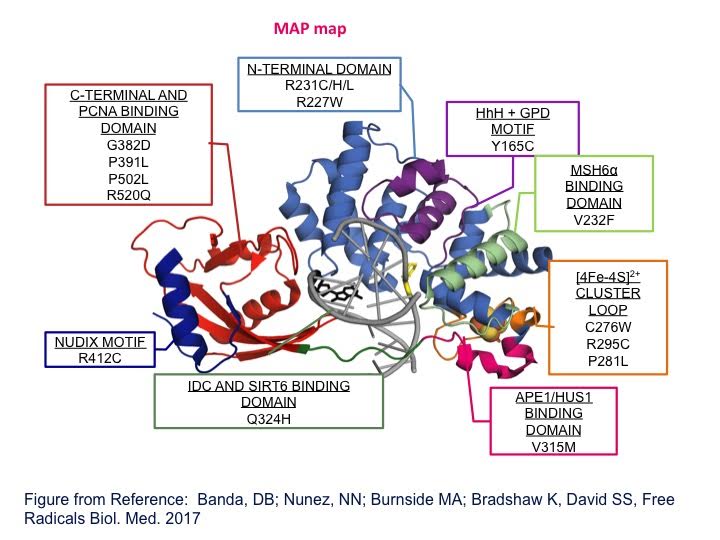Faculty Spotlight on Sheila David

Sheila David traces her fascination with DNA back to her 5th grade science project involving breeding of black, brown and white mice to illustrate Gregor Mendel’s rule of genetic inheritance; she credits her parents for fostering her interest in science by allowing her to convert a storage room in their house into a small laboratory. The DNA molecule holds a special place in most people’s hearts as the repository of genetic information of the cell, akin to the “hard drive” for life. Sheila’s love for chemistry was sparked by inspiring Chemistry Professors at St. Olaf College, and in particular, when she learned that the chemical structures and reactivity of biomolecules can explain their function.
Indeed, this is beautifully illustrated with the elegantly simple structures of the DNA bases that provide for specific pairing and a mechanism to “read-out” their informational content. Notably, the structure of DNA, and therefore its function, is continually altered by natural molecules within cells, as well as environmental toxins. Reactive oxygen species (such as hydroxyl radicals) which can be produced by the sun’s UV light, chemicals in our diet, and normal metabolic processes are particularly troublesome molecules. The DNA base guanine (G) is particularly susceptible to oxidation leading to formation of 8-oxoguanine (OG); this single atom modification of G is particularly deleterious since OG codes like the normal DNA base thymine (T), and therefore mediates potentially harmful DNA mutations.
For the past 25 years, David laboratory research has focused on understanding the molecular details of enzymes that are involved in preventing mutations associated with OG. Specifically, the repair of OG is mediated by two DNA repair enzymes, MUTYH and OGG. These remarkable enzymes are tasked with searching through billions of base-pairs of DNA to locate the rare but dangerous OG. As part of this research, the David laboratory has developed chemical approaches and tools for studying DNA repair enzymes. The power of chemistry is that one can make specific chemical changes in the DNA or enzyme to reveal the importance of specific atoms and chemical features to the biological function.
Importantly, understanding of the basic biochemical properties of MUTYH, and developing the methodology to study its chemistry and biology allowed the David laboratory to participate in a groundbreaking study that linked inherited mutations in the gene encoding MUTYH to colorectal cancer (CRC). This represented the first link between defective repair of damaged DNA bases and cancer, and this CRC predisposition mechanism is now referred to as “MUTYH-associated polyposis” or MAP. Individuals with MAP harbor faulty copies of MUTYH that lead to an increased prevalence of mutations (mistakes) in the DNA of all cells, however, the colon cells are particularly vulnerable.
The “MAP Map” where we map the all of the places on human MUTYH enzyme (using an X-ray crystal structure of the bacterial enzyme bound to DNA) that are altered (mutated) in MUTYH-associated polyposis (MAP). This figure was prepared by graduate student Nicole Nunez.

Our present work has been aimed at delineating the functional properties of MUTYH variants found in patients in order to determine the processes by which these altered enzymes set the stage for CRC. Notably, over 300 different changes in MUTYH have now been reported, and these may have a wide array of consequences. Understanding the functional consequences of a particular MUTYH variant harbored by a given individual is important for predicting their CRC risk and managing their treatment. In the process of studying MUTYH variants, the David laboratory has also gained new insight into various aspects of MUTYH chemistry further underscoring the synergy between chemistry and biology.
The David laboratory is leveraging their knowledge of MUTYH and OGG to develop new chemotherapeutic strategies aimed at cancer. The David laboratory at any given time has been home for 8-10 graduate students, 1-2 postdoctoral associates, 3-5 undergraduates and the occasional high school student. Being able to do fascinating science with wonderful students, along with amazing collaborators around the globe, has made it an amazing journey for Sheila David, one that she hopes to continue for many years to come.
